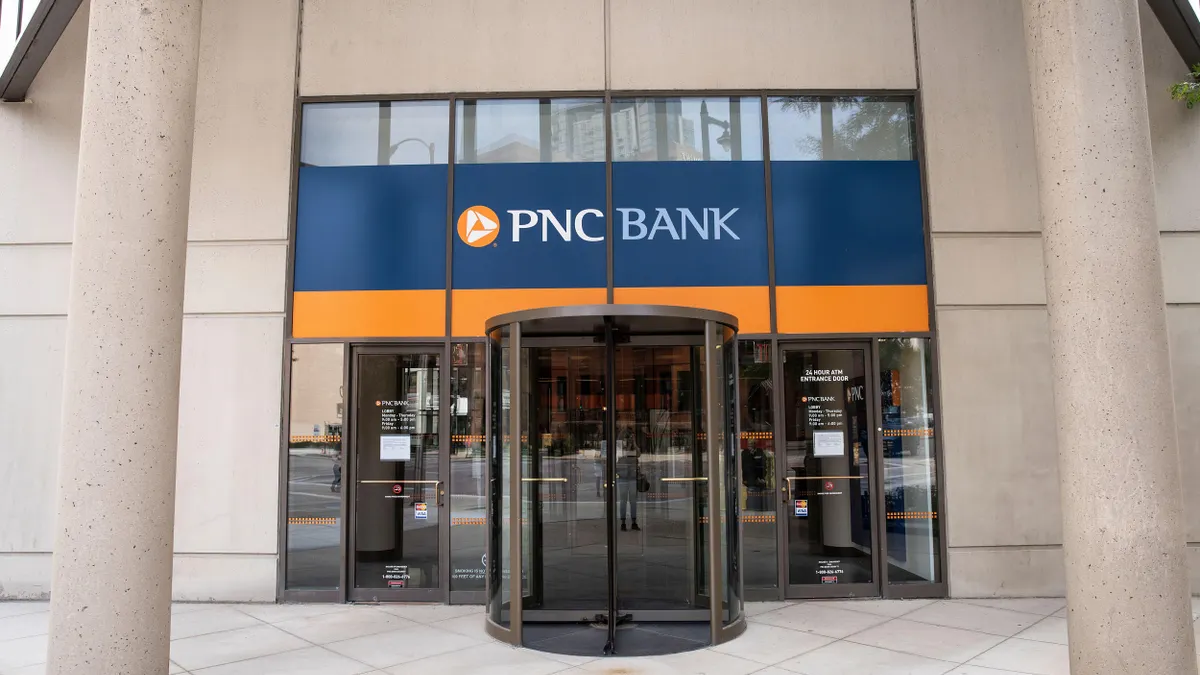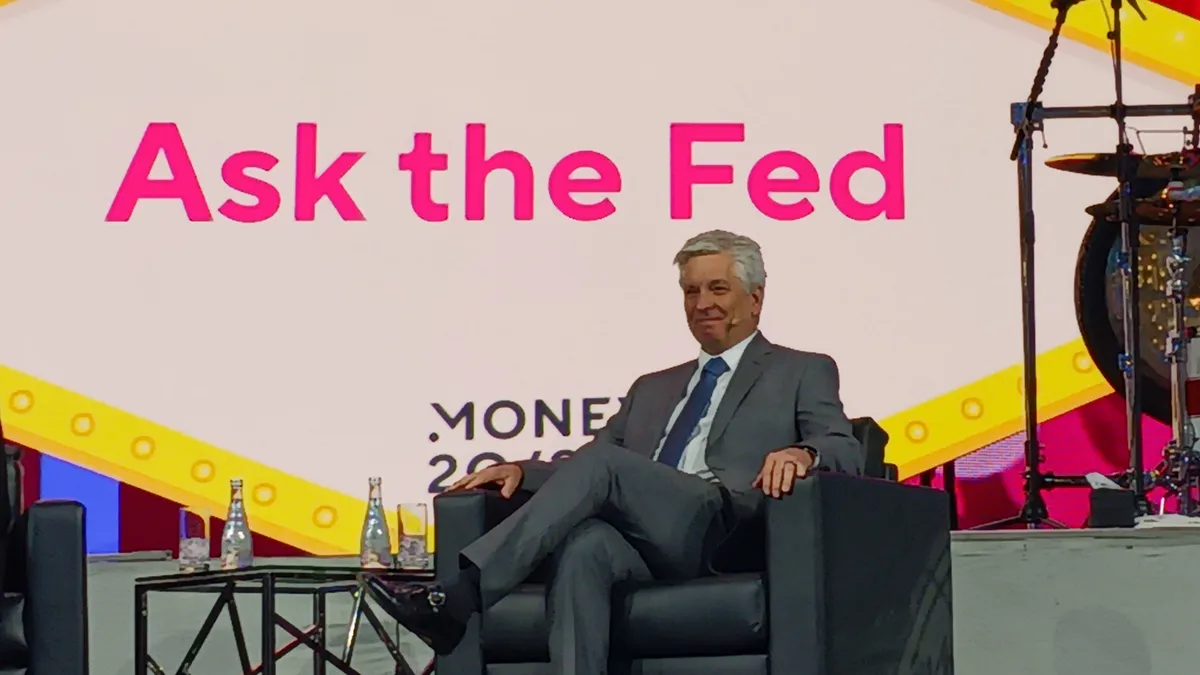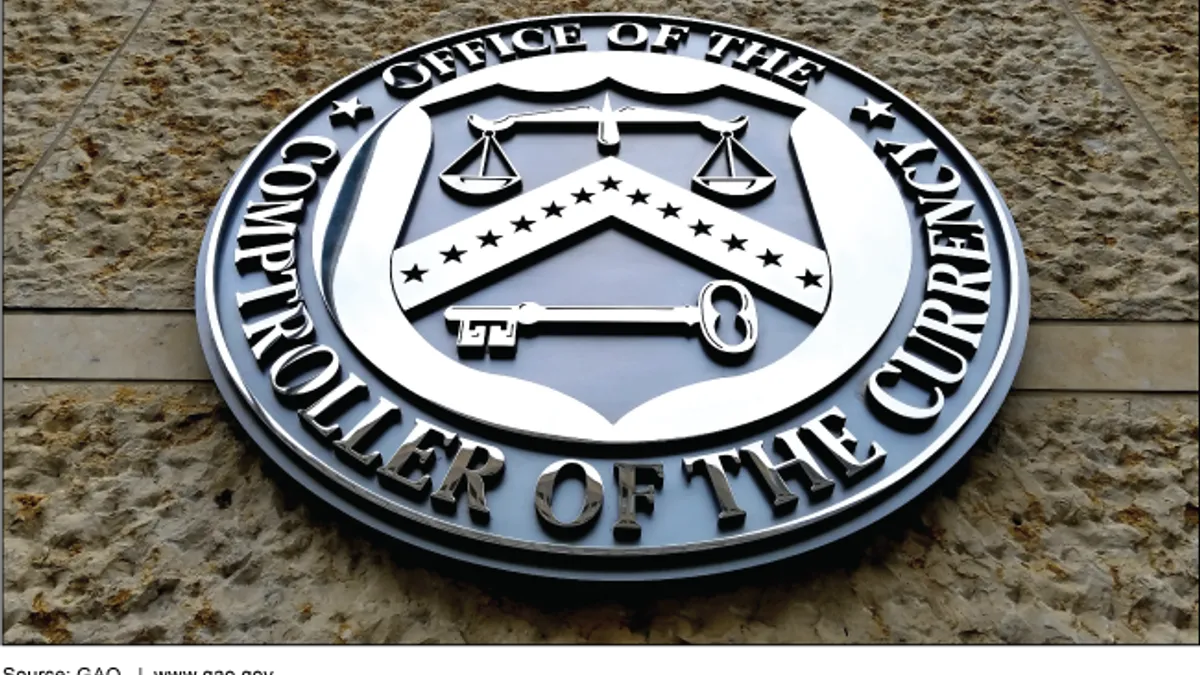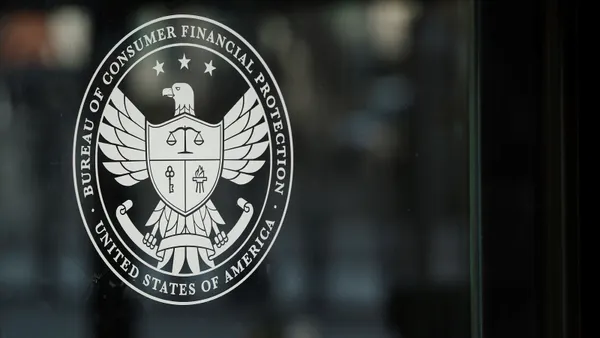In a series of stories since last November, Payments Dive tracked the payment types used by active shooters to buy their guns. That investigation made at least one thing clear: There’s little information available on how shooters pay for their weapons. In wrapping up the series now, here’s what else we discovered.
We sought payment information from police departments, prosecutors, gun retailers and defendants’ lawyers, among other sources, asking for any receipts or documentation on credit, debit or cash transactions. What we discovered was that such evidence was available in very few cases, even though we investigated dozens of U.S. shooter incidents in which at least three people were killed.
We embarked on this effort last year after the payment type for gun purchases figured into a controversy over whether gun merchants should be assigned a code in credit card transactions. A group of Democratic state attorneys general, gun-control advocacy groups and Amalgamated Bank pressed for the code as a way to track suspicious gun purchases and thwart gun violence.
While the International Organization for Standardization approved such a merchant category code for gun merchants last September, adding it to a list of codes for retailers, U.S. card network companies declined to implement the standard. The four-digit code assigns a category to merchants based on the types of goods or services a merchant sells.
The U.S. credit card industry at first suggested it might comply, but then the card network companies backed off adhering to the new standard after Visa, the biggest, balked at the idea. Many are “advocating the use of MCCs to ‘track’ gun sales as a potential tool in combatting gun violence,” Visa said in the Sept. 13 blog post on its website. “That’s not what merchant codes are designed for, nor should they be.”
State legislatures stepped into the fray. Seven states have passed laws this year either discouraging or prohibiting the use of the new gun code, according to the National Rifle Association. Meanwhile, Democratic state attorneys general earlier this year urged the credit card companies to use the new code and California has considered a law mandating it.
The question of whether there is a pattern in the payment choice of such active shooters when it comes to their gun purchases struck our publication as a question worth asking and investigating, particularly in light of the 67% increase in such incidences in the U.S. between 2018 and 2022.
Indeed, there are precedents for payment types being an indicator of potential risks. In the airline industry, cash payments for airline tickets have long been a red flag for security officials with respect to potential terrorist activity.
As reported in our Payments Dive tracker, we dug into reporting on the payment choices of the shooters in a random sampling of six active shooter incidents. We uncovered that three of the shooters paid for guns using cash for all or part of their payment while two tapped debit cards. In two situations, we couldn’t identify the payment type despite extensive reporting. In additional cases, cursory research revealed no payment information.
Despite news coverage this year focused on shooters potentially tapping buy now, pay later financing to buy guns, our reporting didn’t turn up any such incidents, though we encountered retailers who accepted that payment type.
While a sample of six, let alone four, hardly provides enough data for conclusions, the predominant use of cash and the lack of any credit card use in these cases is noteworthy, and perhaps counterintuitive.
After all, credit requires a less immediate monetary outlay than cash so it might seem preferable for criminals. And, as one advocate of the gun code at the Giffords Law Center pointed out, credit may require no commitment at all if a shooter is on a suicide mission.
So, why is cash the payment type of choice for at least some shooters? One theory: They fail to qualify for credit cards, whether that’s because they don’t have sufficient employment history, income or credit scores.
In any case, it’s worth considering whether the recent focus on credit card purchases of guns is misplaced. Could payments in cash for guns actually be more of a cause for concern than those with credit? Perhaps. While there’s not enough evidence to conclude anything yet, more research would likely be insightful.
Our limited Payments Dive review of payment types in these tragic events suggests a better understanding of how active shooters pay for their guns may reveal patterns that better inform debates in this realm.
While Payments Dive is now wrapping up our gun financing tracker, we will not abandon reporting on the role payment choices may play in such incidents. We will also keep covering how policymakers, business leaders and advocacy groups are grappling with the question of how payment choice factors into this national crisis.





















